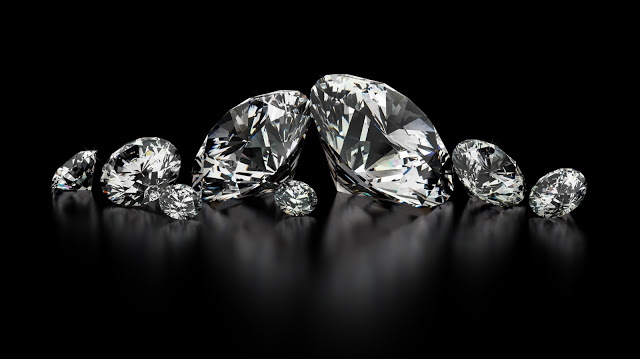
A technique for identifying the sources of diamonds without the use of clues such as the presence of specific inclusions will be reported on Wednesday, Nov. 4, in a presentation by Catherine McManus, Chief Scientist at Materialytics, LLC, at The Geological Society of America’s Annual Meeting in Baltimore, Maryland, USA. The new testing method produced results with average accuracy around 98%.
“The report is unique because all of the 330 test samples used are of gem quality, making this diamond provenance study relevant not only to geologists but also to consumers by providing a scientific verification in support of conflict-free trade,” said McManus.
Materialytics has extensively studied industrial ceramics, metal alloys, and electronic components to identify counterfeits and improve quality control. Materials such as tin, tungsten, tantalum, gold, as well as gemstones such as emeralds, have been studied for origins. However, studies on gem-quality diamonds have historically presented a challenge because of their chemical simplicity.
Co-author Nancy McMillan, of New Mexico State University, observed that “one of our major findings is that the high success rates are not due to inclusions in the diamonds, but rather to signals from the carbon itself. That is significant, because it means that this method of analysis is applicable to all diamonds.”
The implications of this research appear to be far reaching.
Note: The above post is reprinted from materials provided by Geological Society of America.










